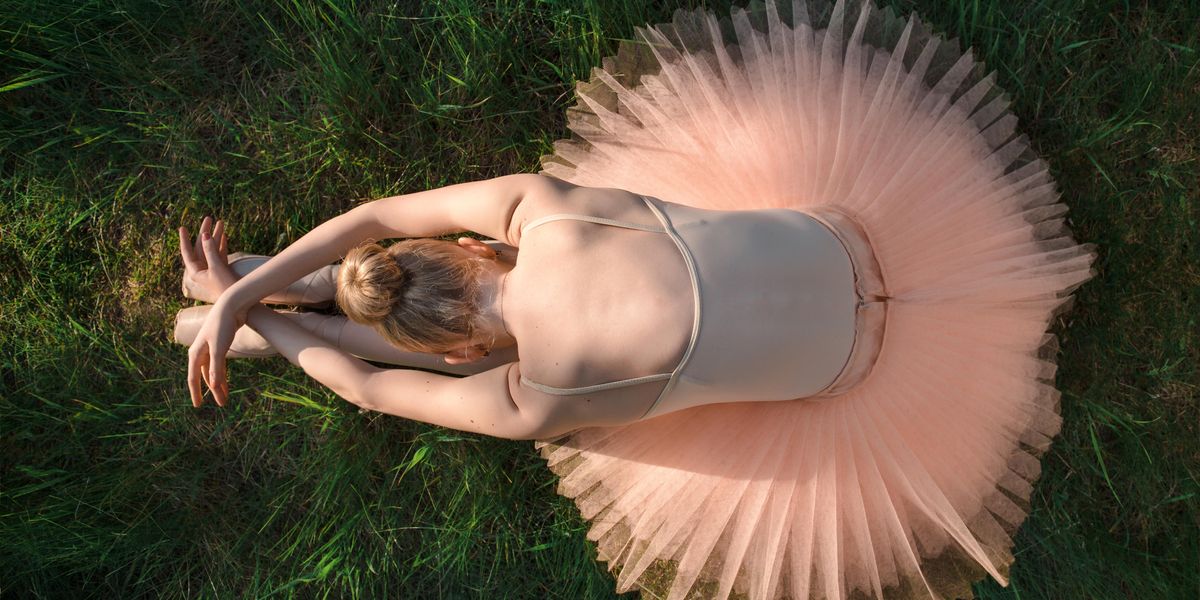Student Opportunities
youngARTS Week
What do soloists Sarah Lane, Kelly Myernick and Callie Manning have in common? Before rising through the ranks of American Ballet Theatre, Houston Ballet and Miami City Ballet, respectively, these dancers were finalists at youngARTS Week.
Sponsored by the National Foundation for Advancement in the Arts, youngARTS offers more than $500,000 in prizes each year to high school seniors who show exceptional promise, from dancers and actors to photographers and filmmakers. Of the 6,000 to 8,000 annual applicants, up to 150 (including about 20 dancers) are selected as finalists and invited to Miami for an intense, celebratory week of master classes, rehearsals and showcases.
The prospect of a cash prize is, of course, a major part of youngARTS’ appeal. “But what excited me most,” says Sara Michelle Murawski, a 2009 ballet finalist, “was the idea of meeting other artists my age from all fields who are just as passionate about what they do as I am.” Watching the theater finalists perform, Murawski says, inspired her to translate their “fearlessness” into her own dancing. “And I learned from the modern and jazz dancers by observing how they ‘let go,’ how they dance with freedom and abandon.”
YoungARTS Week often leads to further opportunities. Sixty finalists are nominated for Presidential Scholarships; others are invited to Arts Evolution, a week-long residency in New York City; and all have the chance to foster new friendships and professional ties.
June 16 is the early registration deadline for youngARTS 2010, and registration closes on October 1. For details, visit www.nfaa.org/Students. —Siobhan Burke
Corella Ballet Summer Intensive
This August, Corella Ballet artistic directors Angel and Carmen Corella will teach a summer intensive in classical and neoclassical ballet. “It’s an opportunity to work directly with my brother Angel and myself, and to get to know the company,” says Carmen Corella. “And it offers the possibility of being contracted for a future apprenticeship.”
The one- to two-week program at Corella Ballet’s headquarters in Segovia, Spain, runs six days a week from 11:00 am to 5:30 pm. Classes include technique, pointe, jumps for men, repertory and pas de deux. Dancers must be 13 or older, at the intermediate or advanced level. Although spots are limited, students from anywhere in the world are welcome to apply. As Corella explains, “the company is always enriched by the best dancers, no matter what country they are from.” Apply by June 15 at www.angelcorella.com.
—Justine Bayod Espoz
American Ballet Competition
Most competitions are all about those two minutes onstage when you get to show everything you’ve got. But the American Ballet Competition, presented by The Institute for Dance Education Arts, adds an extra educational step: coaching from a master teacher. “It’s the only competition I’ve been to where we get to run the variation onstage and hear feedback from a fresh perspective before performing it,” says Kaitlyn Potts, who took first place in the top division in 2008.
Founded in 2004, ABC offers pre-professional dancers ages 10 to 20 master classes and coaching sessions with international guest artists, as well as the chance to compete for scholarships, traineeships, apprenticeships and professional performance opportunities. Past teachers have included Gilbert Mayer of the Paris Opera Ballet School, Kee-Juan Han of the Washington School of Ballet and Anna-Marie Holmes of Jacob’s Pillow. Directors of schools and companies such as Ballet Austin, Colorado Ballet, Nevada Ballet Theatre and Virginia School of the Arts watch the dancers in class, rehearsal and performance. “It’s a chance for students to get exposure to master teachers and artistic directors in a very nurturing environment,” says Katherine Kersten, director of ABC. With only about 80 to 90 dancers each year, ABC is smaller than many major ballet competitions, such as Youth America Grand Prix, but that means a higher percentage of competitors receive some sort of award or opportunity. “Even students who don’t place high up in the competition have walked away with scholarships or traineeships,” says Potter. See www.americanballetcompetition.com for information on the 2010 competition. —Jennifer Stahl
TIP: How can you turn your summer intensive experience into an offer with the second company?
“It’s all about attitude. Approach everything with eagerness, hunger and enthusiasm. We’re especially looking at how you work on choreography during rehearsals. But we also watch how you behave outside of the studio—show that you’re someone younger dancers can look up to.” —Michael Pink, artistic director of Milwaukee Ballet





